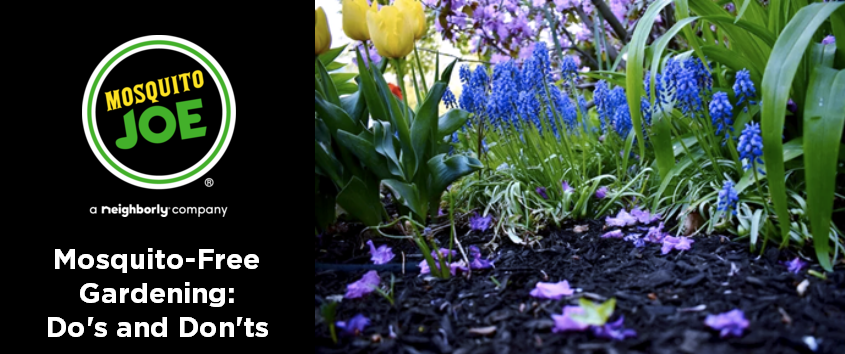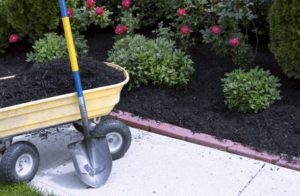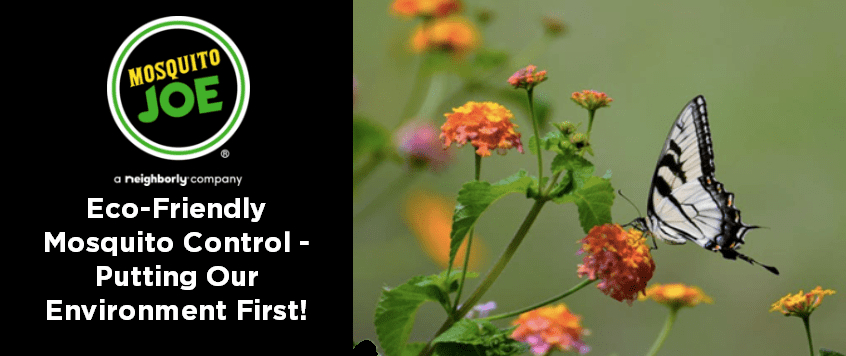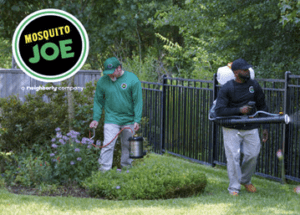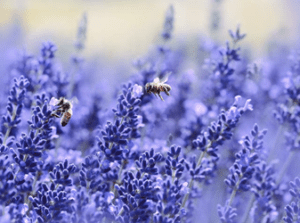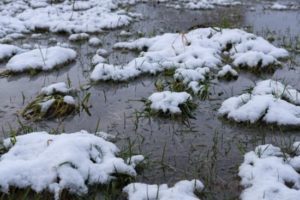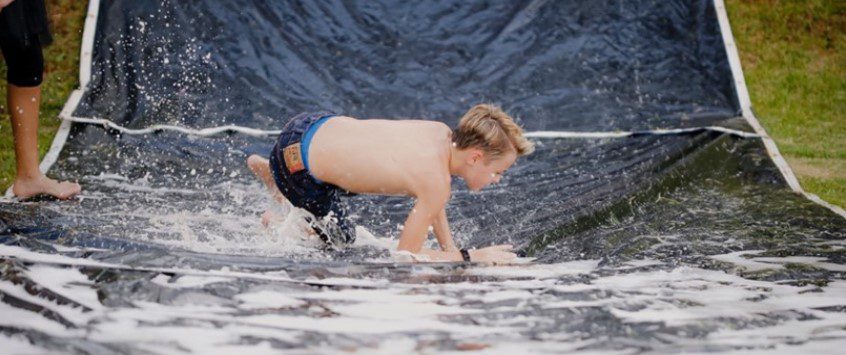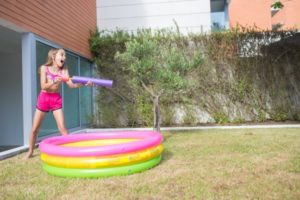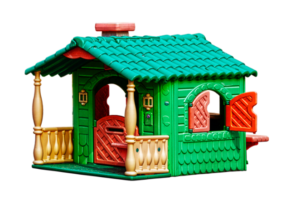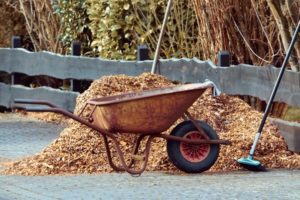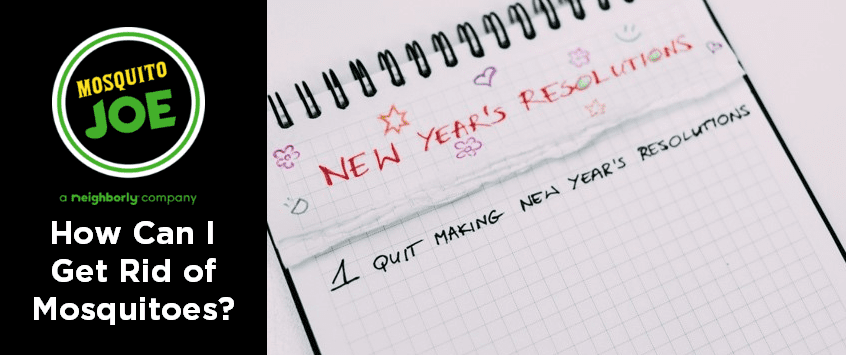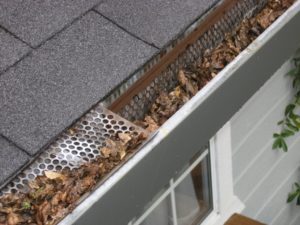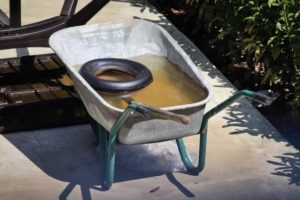Mosquito-Free Gardening: Do’s & Don’ts
September marks the official start of Fall, which means that the Texas weather will be shifting from hot and humid to…. well, warm and humid! Despite the heat, September is a favored growing season and makes a great time for avid gardeners to get outside and do what they love. However, if mosquitoes use your garden as their happy home, being outside can be rather miserable. To help you out here are some gardening ‘dos and don’ts’ that can help prevent or eliminate your mosquito issues.
 One of the most common causes of mosquito issues in your garden is mulch (or pine bark, pine needles, and other similar materials used on garden beds). These ground covers and the wet, shaded soil beneath can contain millions of mosquito eggs due to the moisture they hold. When you lay a new bag of mulch out, you also lay out the thousands of mosquito eggs contained with it, and you will experience a huge surge in your mosquito issues! However, leaving mulch bags out in the yard can have an even worse effect- the sealed, dark damp environment is an ideal home for mosquitoes. If you are going to keep mulch in bags for some time, move them out of the weather to help reduce the issues. Customers with Mosquito Joe will notify us when they add new mulch in the yard so we can be sure to treat these areas well to eliminate these mosquitoes. For those who do not have routine mosquito services, make sure you lay your mulch (or soil) out as soon as you can and don’t overwater.
One of the most common causes of mosquito issues in your garden is mulch (or pine bark, pine needles, and other similar materials used on garden beds). These ground covers and the wet, shaded soil beneath can contain millions of mosquito eggs due to the moisture they hold. When you lay a new bag of mulch out, you also lay out the thousands of mosquito eggs contained with it, and you will experience a huge surge in your mosquito issues! However, leaving mulch bags out in the yard can have an even worse effect- the sealed, dark damp environment is an ideal home for mosquitoes. If you are going to keep mulch in bags for some time, move them out of the weather to help reduce the issues. Customers with Mosquito Joe will notify us when they add new mulch in the yard so we can be sure to treat these areas well to eliminate these mosquitoes. For those who do not have routine mosquito services, make sure you lay your mulch (or soil) out as soon as you can and don’t overwater.
On the subject of mulch, the lining used for mulch beds can make a big difference in your mosquito population. Be sure to lay the landscape cloth completely flat so it does not hold pockets of water beneath it. We also recommend using a landscaping cloth material over a tarp, as these won’t allow any water to pass through and will just collect it after weather, creating a never-ending issue in your yard. We’ve seen some real head-scratchers over the years so be sure you know what is being laid under your beds if you opt to have that work done for you.
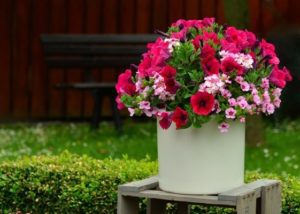 The manner in which you plant or pot your plants can contribute to issues in your yard as well. When planting in mulch beds, avoid digging holes too deeply into the soil as this will result in standing water each time you water. Conversely, don’t plant too high as that might cause a moat around your plant. For plants in pots, keep an eye on your plant pot saucers, and be sure to regularly dump out any water that collects in them. Whether in a bed or in a pot it is really important to avoid overwatering your plants!
The manner in which you plant or pot your plants can contribute to issues in your yard as well. When planting in mulch beds, avoid digging holes too deeply into the soil as this will result in standing water each time you water. Conversely, don’t plant too high as that might cause a moat around your plant. For plants in pots, keep an eye on your plant pot saucers, and be sure to regularly dump out any water that collects in them. Whether in a bed or in a pot it is really important to avoid overwatering your plants!
Speaking of plants, please don’t be fooled by the gimmicky advertising on some that declare they are a “mosquito repellant.” You will be disappointed if you plant some of these in the hopes of warding off issues. To learn more about “mosquito repellant” plants and the truth behind them, check out our past blog post – ‘Do Mosquito Repellant Plants Really Work?’
When working in the garden, keep an eye out for other objects that may hold water you don’t often think about- fountains, bird baths, wheelbarrows, tarps, gutters, drains, or gardening equipment can be the secret to your mosquito problems. Remember that 1 teaspoon of water will result in 300 mosquitoes every couple of days. The innocent water at the bottom of a watering can become a huge issue for you when you are outside. Keep an eye on your drainage system to make sure it is draining well and not holding water. It only takes a few leaves or some displaced mulch to cause a problem.
If you want to enjoy your gardening work without being bitten, consider giving Mosquito Joe a call at 979-859-5998. We treat flower beds with an all-natural product, garlic extract, and will never treat your veggie garden unless the situation warrants it (and we speak with you first). We tailor our services this way to minimize our impact on pollinators and beneficial
 Outside is fun again.
Outside is fun again.
